For the Dutch, Santa Is Tall and Skinny. What Happened to Him in America?
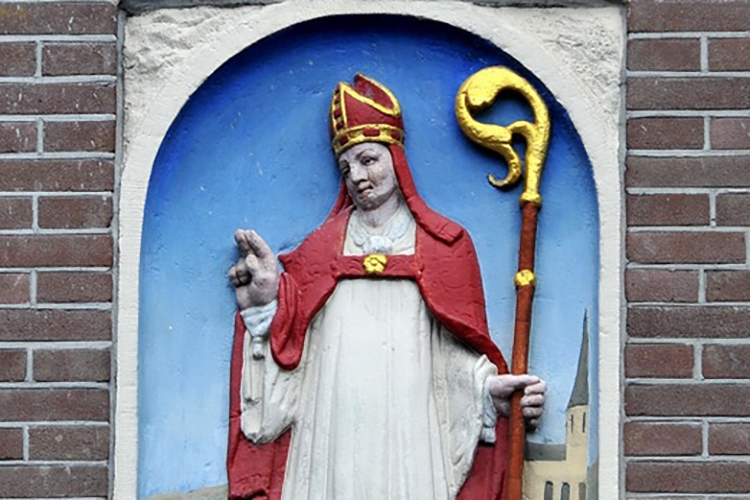
Why do we leave Santa a cookie to eat the night before Christmas? UC Berkeley professor Jeroen Dewulf says we can thank the Dutch for that.

In fact, the Santa Claus Americans know and love today — plump, riding in a sleigh pulled by reindeer, cookie-loving — is a direct descendant of Sinterklaas, brought to New York by Dutch settlers in the 17th century. Sinterklaas, unlike his American relative, is lean, tall and delivers oranges. He’s a little spooky too: Legend goes that especially bad children were put in his bag and taken to Spain.
For Dewulf, who is the Queen Beatrix Professor of Dutch Studies and director of the Berkeley’s Institute of European Studies, the story of Sinterklaas becoming Santa Claus is an example of America’s deep cultural connection — by way of New York City’s hold on entertainment and media — to ancient European customs and traditions.
And Dewulf teaches an American Cultures course — Dutch 171 AC: From New Amsterdam to New York: Race Culture, and Identity in New Netherland — that delves into that history.
Berkeley News recently spoke with him about the differences between the Dutch Sinterklaas and what Americans now know as Santa Claus, and how Americans changed the narrative of that Dutch tradition over the years.
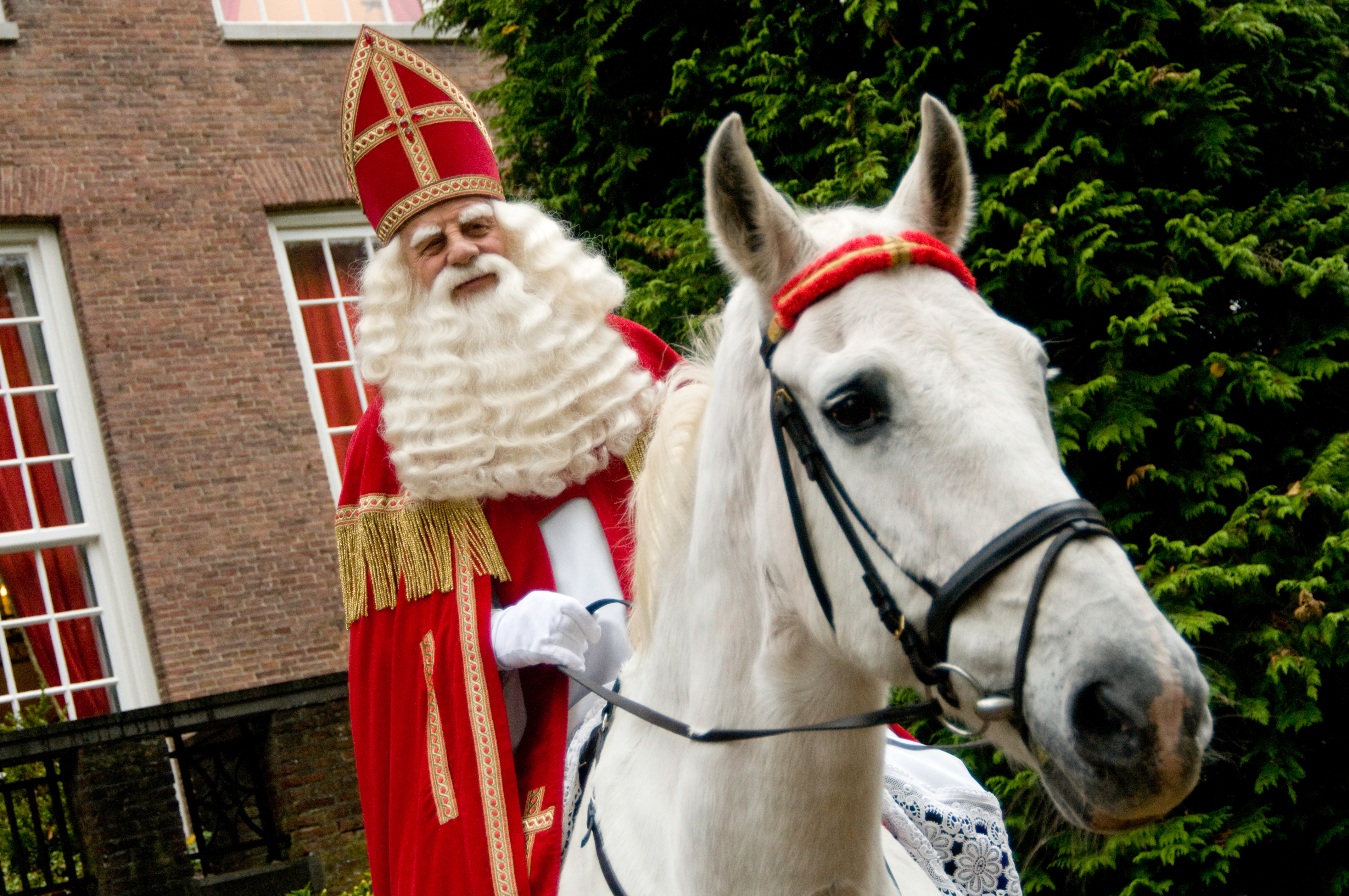
What are the differences between the Dutch Sinterklaas and America’s Santa Claus?
Jeroen Dewulf: Sinterklaas is originally based on the Catholic bishop Saint Nicholas of Myra. In the Netherlands, Saint Nicholas came to be known as Sinterklaas: a tall and skinny man who wears a red garment, carries a scepter with him and has a bishop’s hat on that resembles depictions of the historical Saint Nicholas.
There are no flying sleighs, reindeers or mystical home in the North Pole for Sinterklaas.
He comes from Spain by boat to the Netherlands on Dec. 5., a Dutch holiday that celebrates the eve of Saint Nicholas’ feast day. Sinterklaas rides on a white horse and has a book that tells him which children were good or bad that year. He also brings oranges, once an exotic fruit in the cold Netherlands that had to be imported from southern Europe.
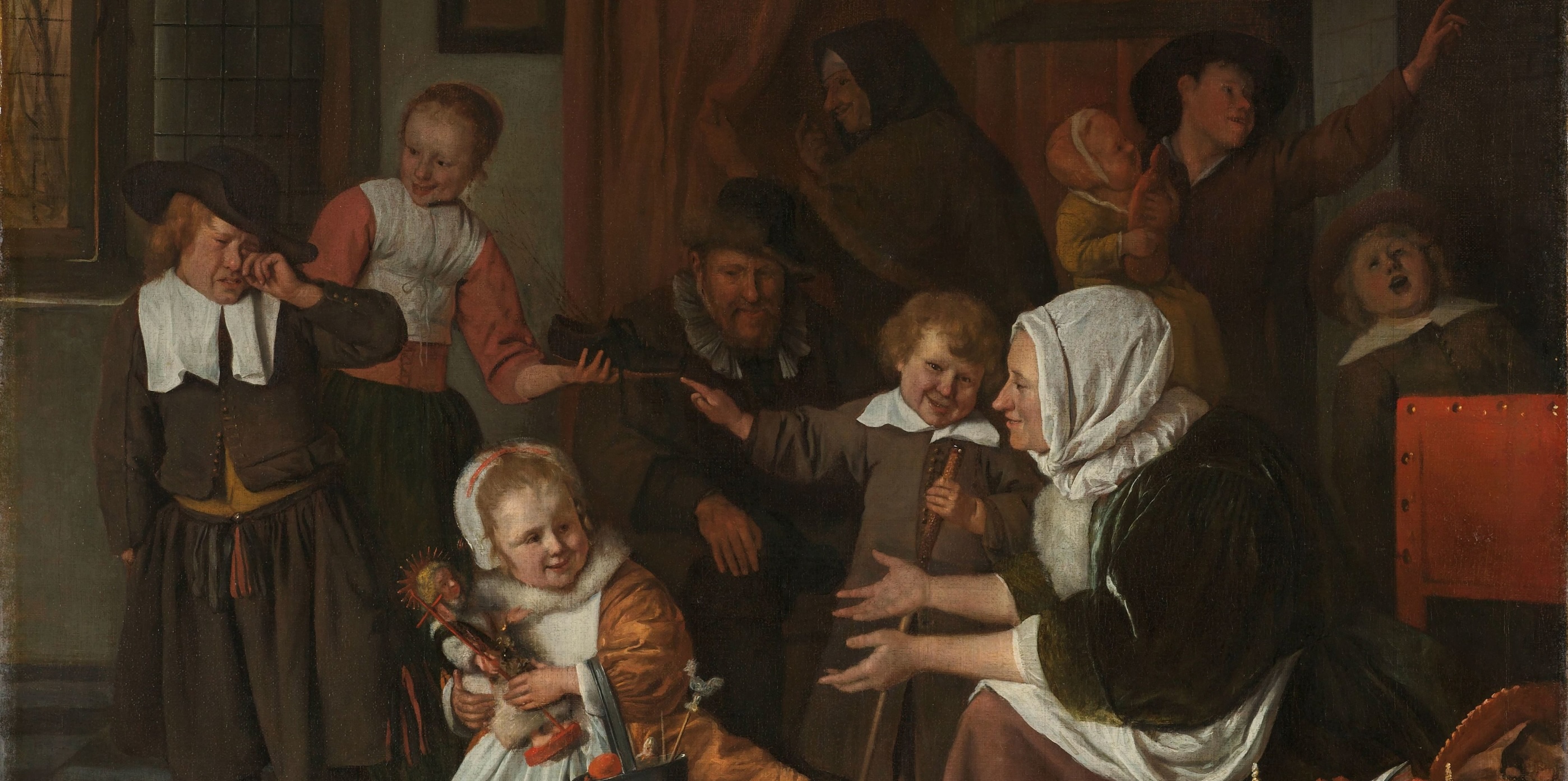
As depicted in the famous painting “The Feast of St. Nicholas” by 17th century Dutch painter Jan Steen, good children get presents, bad children don’t get anything, and those who were especially bad — so goes the legend — are put into a bag and taken back to Spain.
Do the Dutch leave cookies for Santa to eat?
Since Sinterklaas travels by horse, children leave a vegetable, like a carrot or a turnip, in a wooden shoe — in Dutch, a klompen — by the chimney thinking, that if they feed his hungry horse, Santa will be more inclined to give them a nice present.
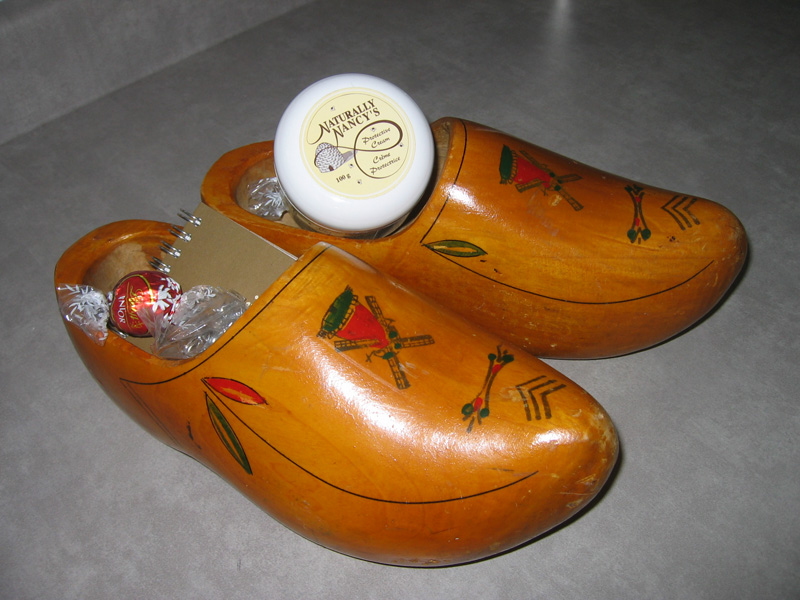
What is interesting, the word cookie actually comes from the Dutch word koekje. In the Netherlands it is a tradition to make speculoos cookies in the shape of Sinterklaas. It is likely that the Dutch settlers in 17th century Manhattan brought the Sinterklaas celebration to America. An archival source from 1675 shows that they would make those cookies as well.
Why are there so many differences between America’s Santa Claus and the original Sinterklaas?
Manhattan, which once was part of a Dutch colony called “New Netherland,” had a large community that celebrated Dutch traditions and left strong cultural traces in the region. Names like Harlem or Brooklyn are actually Americanized versions of Dutch towns (Haarlem, Breukelen).
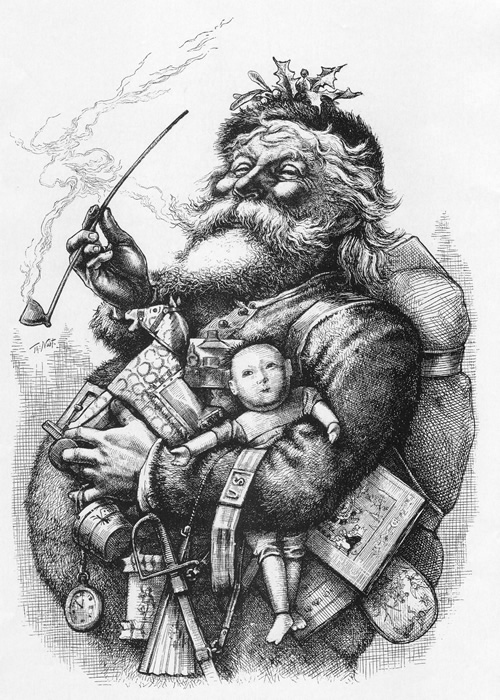
Over the years, Sinterklaas became more secularized in New York and the narrative of Santa Claus began to take form. In the early 19th century, the writer Washington Irving wrote a satirical book The History of New York, that poked fun at society and the city’s political leaders.
Irving was not of Dutch descent and pretended to tell readers the early Dutch history of Manhattan. He knew about the Dutch Sinterklaas tradition and added elements from his imagination that did not exist. Things like a flying sleigh and an overweight Santa. And what's in that book became very popular — an American bestseller.
From there, children’s book writers and poets began to use that depiction of Santa Claus and added other characteristics like the reindeers, the elves, the North Pole and so forth.
If it started in New York, how did that story of Santa spread throughout the country?
As the center of American media, New York City had the biggest newspapers and entertainment industries. Whatever happens in New York gets visibility everywhere. It was also the gateway to America for Europeans. And that also explains the Scandinavian, German, Irish and Nordic elements added to what became America’s Santa Claus.
How do the Dutch view how Santa Claus has been so commercialized in American film and entertainment?
Well, there is some pride that an element of their culture is adopted. But there is also some resentment that Santa has become so commercialized in America and is not really the “authentic” Sinterklaas as we know him in the Netherlands.
The book Saint Nicholas of Myra, Bari, and Manhattan: Biography of a Legend written by the late Charles W. Jones, who was a Berkeley English professor, really explores the influence of Dutch culture in New York and how the story of Santa was Americanized.
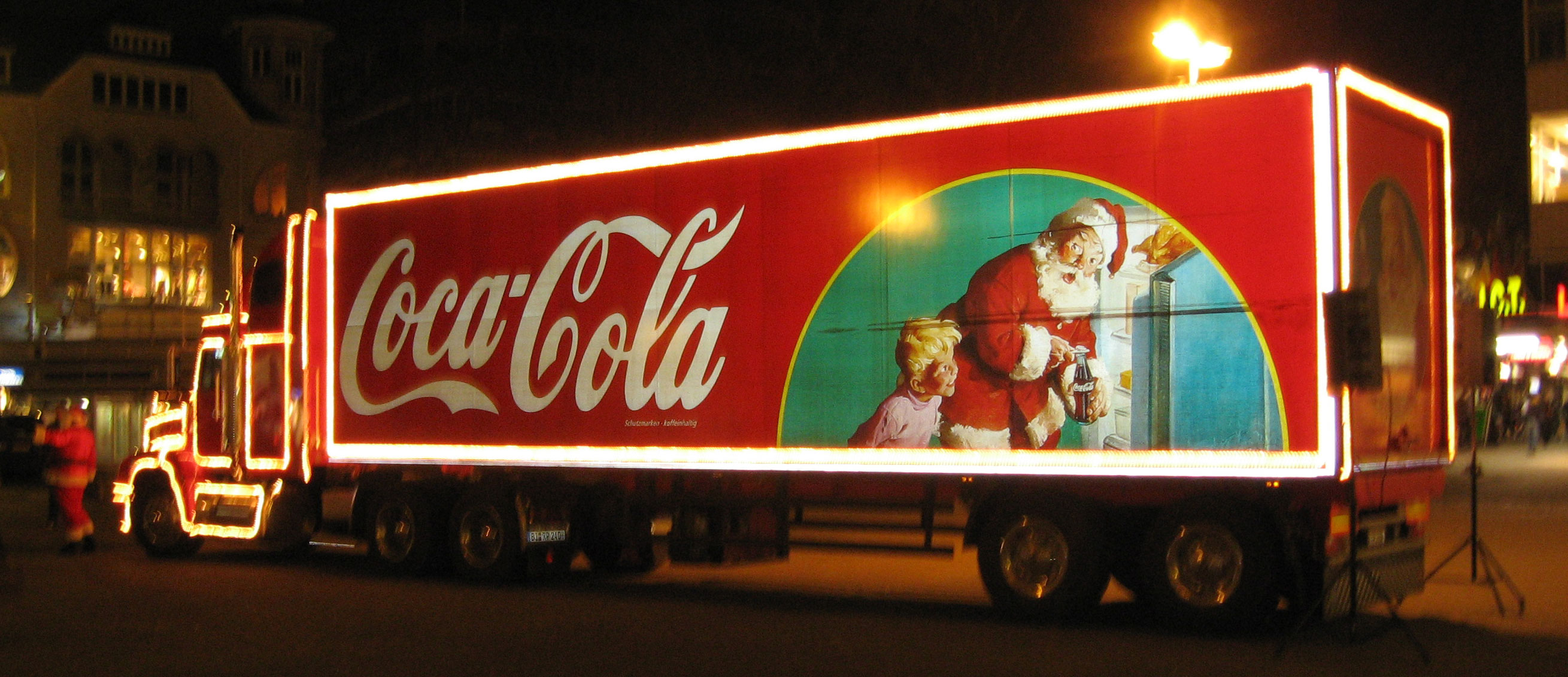
In Dutch culture, do children believe Santa is real? What does he symbolize?
When my mom was a child, she experienced the Nazis taking over Belgium during World War II. After the war, there was a lot of damage and destruction, and that first Sinterklaas celebration, my mom told me, was something she always remembered.
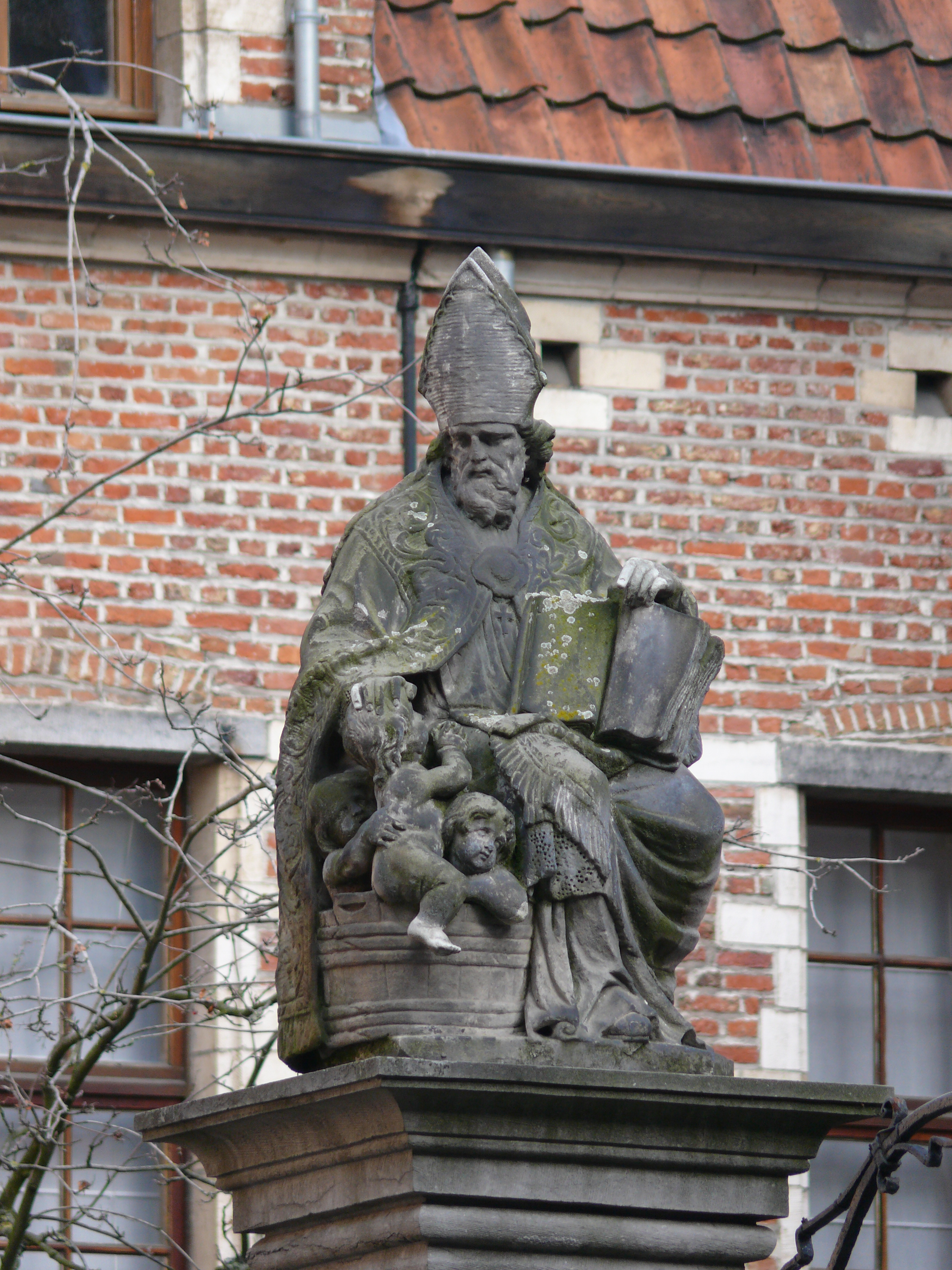
People had been starving and many parents were unable to buy presents for their children. So, when Santa returned after the war and gave her an orange, she was so overwhelmed holding that orange. Even the smell of it just made her so happy.
In the United States there is a tendency not to tell little children that Santa Claus doesn't exist. But I would say that in the Netherlands, and also in Belgium, it's much stronger.
Young children really believe that Santa Claus is real. He is one of the most important people in your life.
Sinterklaas has remained a very special figure in Dutch culture also for adults. There is a tradition that we write a poem for each person we give a present to.
And those writings are usually meant to be funny and personal, with experiences that you share with that person you wrote it for. It is a way to connect to one another during a special time of year.
